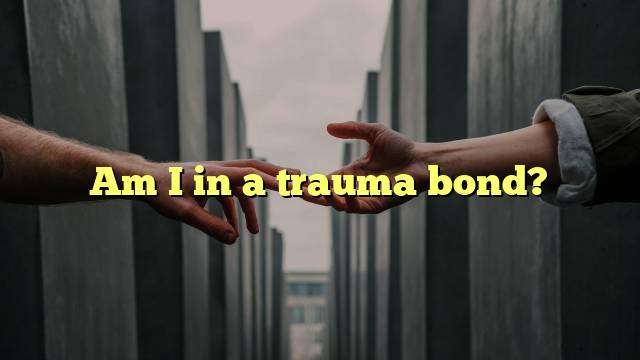Am I in a Trauma Bond?
Trauma bonding is a complex and often misunderstood form of attachment that can occur between an abuser and their victim. It is an unhealthy attachment that can be difficult to break, as the victim may feel a sense of loyalty to the abuser, rationalize the abuse, or remain isolated from others. It is important to recognize the signs of trauma bonding to prevent further harm and take steps to break the unhealthy cycle.
What is Trauma Bonding?
Trauma bonding is an unhealthy attachment that can develop between a victim of abuse and their abuser. It is a form of psychological manipulation that can occur when a victim is subject to repeated cycles of abuse and then rewarded with kindness or attention. This can make it difficult for the victim to leave the relationship, as they may feel a sense of loyalty or hope that the abuser’s behavior will change.
Signs of Trauma Bonding
Identifying trauma bonding can be difficult, as the victim may be unaware of the manipulation taking place. The following are signs that may indicate a person is in a trauma bond:
- Rationalizing the abuse: The victim may make excuses for the abuser’s behavior or downplay the severity of the abuse.
- Isolating from others: The victim may limit or cut off contact with family and friends, which can increase their dependence on the abuser.
- Feeling a sense of loyalty: The victim may feel a strong sense of loyalty to the abuser, despite the abuse.
- Believing the abuser will change: The victim may cling to hope that the abuser will change their behavior.
Breaking the Trauma Bond
Breaking the trauma bond can take time and may require the help of a qualified mental health professional. The following steps can help the victim take back control and begin the healing process:
- Recognizing the signs: The first step is recognizing the signs of trauma bonding and understanding the dynamics of the relationship.
- Seeking help: It is important to seek outside help from a qualified mental health professional to help the victim process their emotions and understand the trauma bond.
- Making a safety plan: Developing a safety plan can help the victim prepare for leaving the relationship, if that is the desired outcome.
- Building support networks: It is important for the victim to build a support network of family and friends, as well as professionals, to provide emotional and practical support.
Trauma bonding can be a difficult and complex issue to understand and address. If you think you may be in a trauma bond, it is important to seek help and support from qualified professionals. With the right help and support, you can take back control and begin the healing process.
